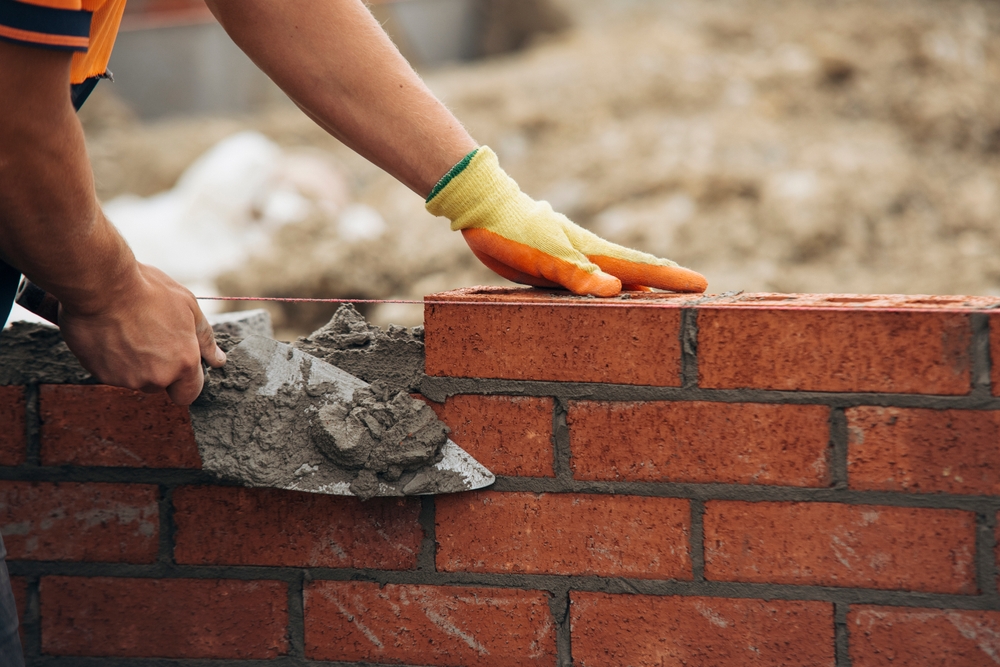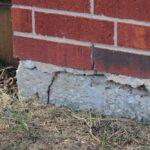
Brick vs. Block: What’s Best for Commercial Construction?
When it comes to choosing the right materials for commercial construction, the decision often comes down to one of the oldest debates in building—brick vs block construction. Each material has its own set of advantages and disadvantages, and selecting the right one can significantly impact the strength, cost, appearance, and efficiency of the building. Whether you’re constructing an office complex, retail center, or industrial facility, it’s critical to evaluate the specific needs of the project and how each material aligns with those goals.
Understanding the Basics: Brick and Block Defined
To begin evaluating whether to use brick or block for construction, it’s essential to understand what each material entails. Bricks are traditionally made from clay that is molded and kiln-fired. They are typically smaller and have been used for centuries in building architecture, providing a timeless and classic appearance. Bricks are valued for their durability, fire resistance, and thermal insulation. However, due to their size and weight, brick construction can be more labor-intensive and slower compared to other modern materials.
On the other hand, blocks—commonly known as concrete blocks or concrete masonry units (CMUs)—are usually made from a mixture of cement, aggregate, and water. They are larger, lighter, and can be hollow or solid depending on their intended use. Block construction has gained popularity in commercial projects due to its speed of installation and cost-effectiveness. Blocks also allow for greater design flexibility, especially in large-scale structures, because they come in a variety of shapes and sizes.
The differences between these two materials extend beyond physical composition. They influence the construction process, labor needs, structural performance, and environmental impact. Understanding these distinctions is key to making an informed decision.
Cost Efficiency and Construction Speed
One of the main considerations in any commercial construction project is cost—both in terms of materials and labor. Block construction typically wins in this category due to the size and speed with which blocks can be laid. Because blocks are larger than bricks, fewer units are required to complete the same wall area, reducing the number of joints that need to be mortared and thereby speeding up the building process. Labor costs are generally lower for block construction, which is a significant advantage for large-scale commercial projects with tight deadlines.
Conversely, brick construction is usually more expensive. The smaller size of bricks means more units are needed, increasing both material and labor costs. The installation process for brick is also more time-consuming and requires skilled masons, which can drive up expenses. However, for high-end projects where aesthetic appeal is a priority, many developers are willing to absorb the extra costs associated with brick due to its classic and upscale appearance.
It’s also worth noting that blocks can accommodate internal reinforcements such as steel bars and concrete filling, enhancing structural stability without substantially increasing costs. This makes them a particularly attractive option for commercial structures that must meet strict building codes or resist extreme weather conditions.
Aesthetic and Architectural Flexibility
While cost and speed are major considerations, appearance and design flexibility are also important in commercial construction. Brick has long been associated with elegance and tradition. It offers a timeless façade that can elevate the aesthetic appeal of office buildings, restaurants, and educational facilities. Brick walls can be crafted in various patterns and hues, and they often convey a sense of permanence and prestige.
However, bricks offer limited customization in shape and size. If a particular architectural design calls for unique dimensions or curves, achieving that with brick can be complex and costly. This is where block construction offers a distinct advantage. Concrete blocks can be manufactured in a range of sizes, shapes, and finishes, making them highly adaptable to innovative architectural designs. From decorative facades to structural support walls, blocks can serve both functional and aesthetic purposes.
Moreover, blocks can be easily painted or treated with surface finishes that mimic other materials like stone or brick. This means commercial developers can achieve the desired appearance without the associated costs of traditional materials. While brick remains a staple in designs where visual impact is critical, blocks offer a broader spectrum of design possibilities at a lower cost.
Strength, Durability, and Environmental Impact
In the debate of brick vs block construction, strength and longevity are crucial factors, especially for commercial buildings that are expected to endure heavy use and environmental stress over decades. Brick is inherently strong and weather-resistant. It doesn’t rot, dent, or require frequent maintenance. Brick structures have been known to last for centuries, and their thermal mass contributes to energy efficiency by maintaining indoor temperature stability.
Blocks, particularly hollow concrete blocks, are also known for their strength. They perform well in seismic zones due to their capacity to absorb and dissipate energy. Reinforced block walls can withstand high wind loads and provide excellent resistance to fire and pests. Additionally, concrete blocks have better insulation properties than bricks, which can lead to lower energy costs over time—an important consideration for commercial operators.
Environmental considerations are also becoming increasingly important in construction decisions. Clay bricks require significant energy during the firing process, contributing to a higher carbon footprint. Conversely, concrete blocks can be manufactured using recycled materials and industrial byproducts such as fly ash, which reduces environmental impact. However, the cement in blocks is a major source of CO₂ emissions, so the sustainability balance between brick and block often depends on regional manufacturing practices and transportation costs.
Ultimately, both materials offer excellent durability and performance. The best choice often comes down to the specific demands of the building site and the long-term sustainability goals of the project.
Making the Right Choice for Your Project
So, brick or block for construction? The answer lies in the specific priorities of your commercial project. If the goal is to create a prestigious, aesthetically striking building that stands as a symbol of longevity and tradition, brick may be the superior choice. It excels in delivering a rich, textured appearance and a sense of architectural heritage that appeals to certain clientele and markets.
However, if speed, cost-efficiency, and structural flexibility are paramount, then block construction is likely the better fit. Especially in large-scale commercial developments where budgets and timelines are tight, blocks offer the practical advantages of faster installation and lower costs without compromising on strength or safety.
Some developers also consider hybrid approaches, using block construction for structural walls and brick as a veneer to achieve both performance and visual appeal. This method allows projects to benefit from the structural advantages of blocks while maintaining the classic look of brick on the exterior.
Conclusion
The choice between brick vs block construction is not a one-size-fits-all answer. It requires a nuanced understanding of the material properties, project goals, budget constraints, and long-term performance expectations. Both brick and block have proven their worth in commercial construction, and each brings unique strengths to the table. By carefully assessing the requirements of your specific project, you can select the material that offers the best balance of form, function, and financial return.
In the end, the right decision will not only support the structural integrity of your commercial property but also contribute to its market value, energy efficiency, and aesthetic appeal for years to come.
Need a Masonry & Concrete Contractor Near You?
Welcome to Langenfeld Masonry & Concrete! Family owned and operated, Langenfeld Masonry & Concrete has been servicing Racing, Kenosha, and South Milwaukee counties since 1912. Our years of experience in the industry have built us a reputation within the community as the premier masonry and concrete contractors in the area. At Langenfeld Masonry & Concrete, we specialize in driveways, patios, sidewalks, and concrete repair. In addition, we also offer basement waterproofing, foundation pouring, repair, and more. For five strong generations, we have been dedicated to being the best at what we do, and it shows. Come see what sets us apart from the competition and why we have truly passed the test of time. Call us today for your free estimate.
More...
Categorised in: Commercial Masonry




